Embracing a zero-waste lifestyle can seem daunting, but does it have to be expensive? Absolutely not! Here are practical and wallet-friendly ways to reduce your environmental footprint.
#1. Use Reusable Bags
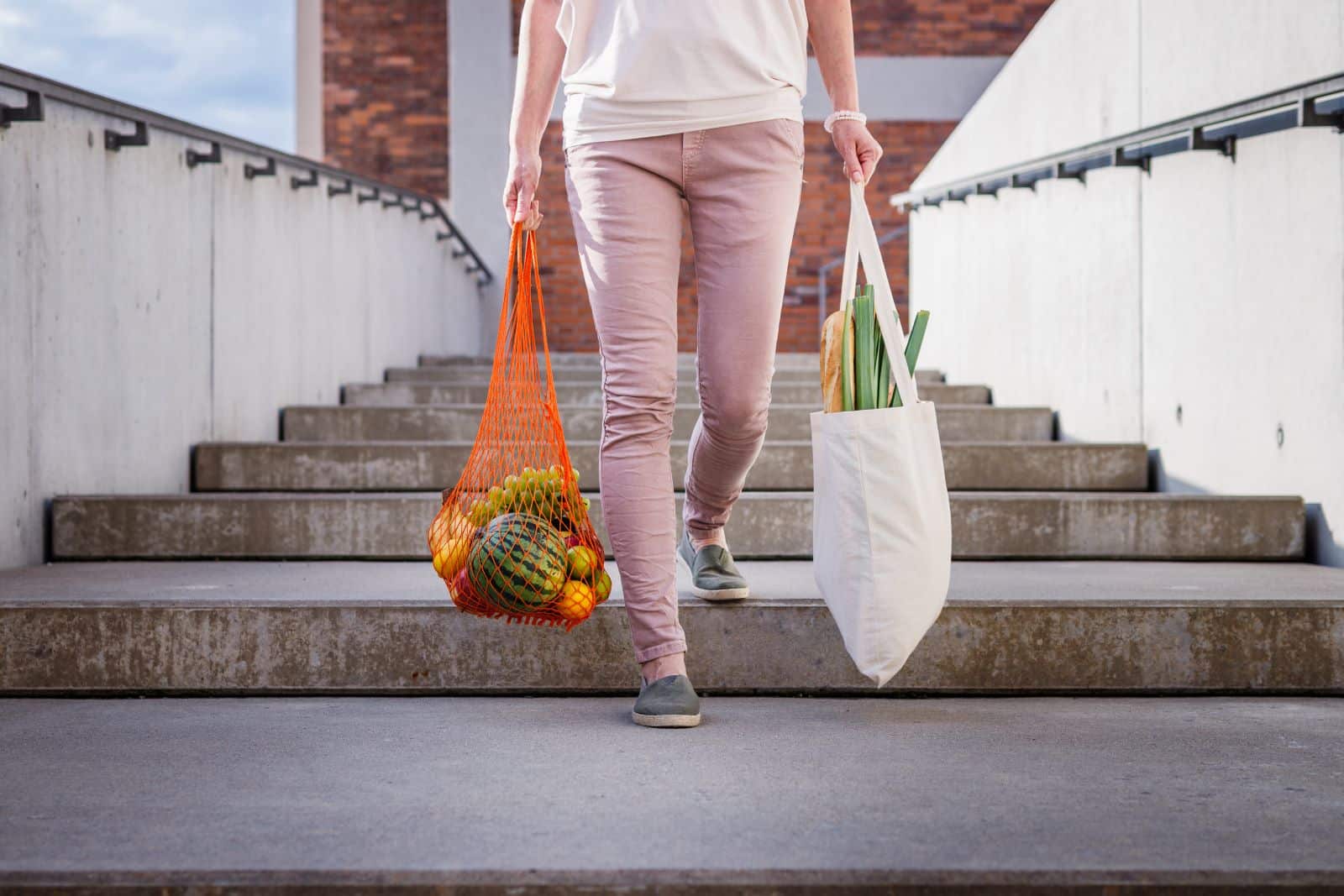
Image Credit: Shutterstock / encierro
Swap out plastic bags for reusable ones when shopping. These bags are not only eco-friendly but also sturdy enough for multiple uses, saving money in the long run.
#2. Buy in Bulk

Image Credit: Shutterstock / eldar nurkovic
Purchasing food and household items in bulk reduces packaging waste and often costs less. Bring your own containers to further cut down on waste.
#3. Compost Kitchen Scraps
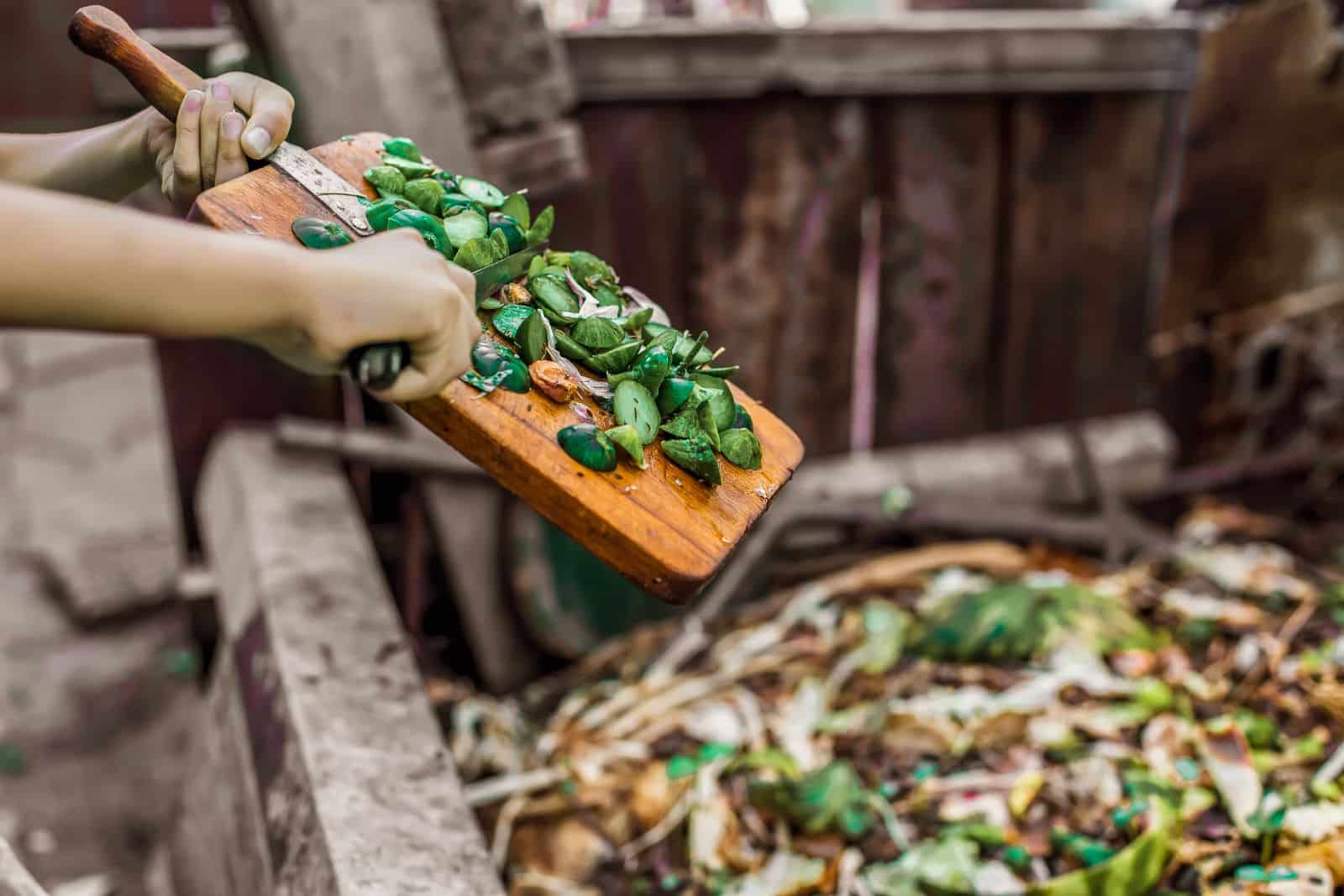
Image Credit: Shutterstock / lomiso
Turn your kitchen waste into valuable compost for your garden instead of sending it to the landfill. This practice enriches your soil without the need for chemical fertilizers.
#4. Choose Second Hand

Image Credit: Shutterstock / Stacy Ellen
Opt for secondhand clothes, furniture, and other goods. Thrift shops, garage sales, and online marketplaces offer great deals and prevent items from ending up in landfills.
#5. DIY Cleaning Products

Image Credit: Shutterstock / Olga Miltsova
Make your own cleaning products using simple ingredients like vinegar, baking soda, and lemon. This reduces the need for plastic-packaged products and is often cheaper.
#6. Repair and Upcycle

Image Credit: Shutterstock / Fevziie
Before throwing something away, see if it can be repaired or repurposed. This approach not only saves money but also extends the life of your belongings.
#7. Ditch Disposable Items
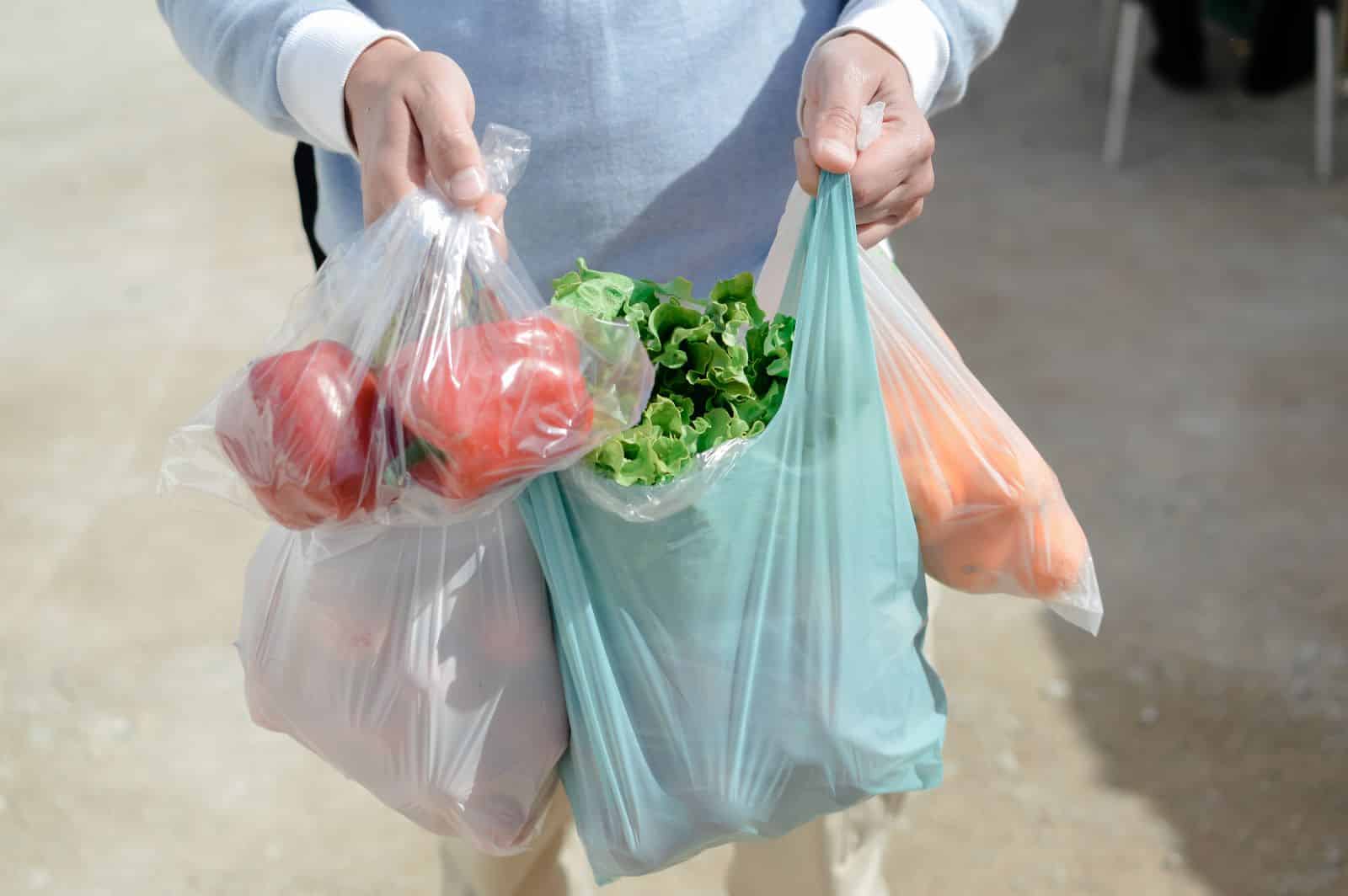
Image Credit: Shutterstock / ARIMAG
Replace single-use items like paper towels, plastic utensils, and straws with reusable alternatives. Investing in durable goods pays off over time.
#8. Grow Your Own Food

Image Credit: Shutterstock / RossHelen
Start a vegetable garden to reduce the need for store-bought produce and its associated packaging. Even a small balcony can host a productive container garden.
#9. Use a Water Filter

Image Credit: Shutterstock / Anja Ivanovic
Instead of buying bottled water, use a water filter and a reusable bottle. This simple change can save a significant amount of money and plastic waste.
#10. Meal Plan and Cook at Home

Image Credit: Shutterstock / NDAB Creativity
Planning meals reduces food waste and the temptation to order takeout. Cooking at home is usually cheaper and produces less waste.
#11. Digitalize Documents

Image Credit: Shutterstock / Song_about_summer
Opt for digital versions of bills, magazines, and newspapers. This reduces paper waste and often comes with cost savings.
#12. Carpool, Bike, or Use Public Transport
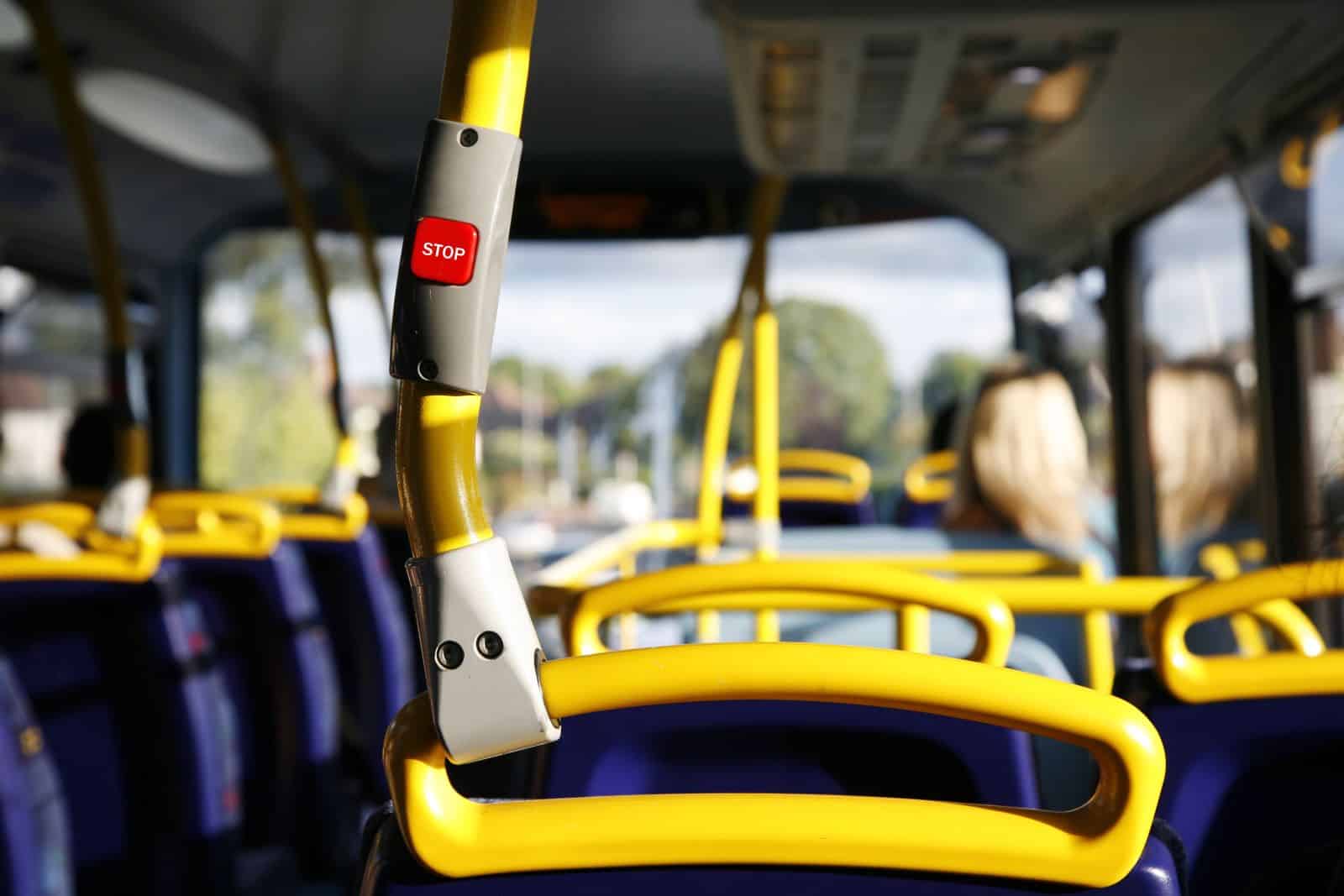
Image Credit: Shutterstock / Sampajano_Anizza
Reduce your carbon footprint and save money on gas and parking by opting for shared or alternative transportation methods.
#13. Donate Unused Items

Image Credit: Shutterstock / Monkey Business Images
Instead of discarding unused items, donate them to charities or local community groups. This keeps them out of the waste stream and helps those in need.
#14. Use Cloth Instead of Paper

Image Credit: Shutterstock / neenawat khenyothaa
Switch from paper napkins and towels to cloth versions. They’re washable and reusable, cutting down on both waste and long-term costs.
#15. Buy Durable Goods

Image Credit: Shutterstock / NDAB Creativity
Invest in high-quality, durable items that won’t need frequent replacement. This minimizes waste and can be more economical over time.
#16. Participate in Local Swap Meets

Image Credit: Shutterstock / MBUS
Swap meets allow you to trade items you no longer need for things you can use, reducing waste and saving money.
#17. Make Your Own Beauty Products

Image Credit: Shutterstock / Prostock-studio
Homemade beauty products can be tailored to your needs and are free from excessive packaging. Plus, they’re often more affordable than store-bought options.
#18. Refuse Unnecessary Freebies

Image Credit: Shutterstock / Andrii Iemelianenko
Say no to freebies that you don’t need, like promotional items and samples. This helps prevent waste and clutter in your home.
#19. Use Energy-Efficient Appliances

Image Credit: Shutterstock / Butsaya
While the initial cost may be higher, energy-efficient appliances save money on utility bills and reduce environmental impact in the long run.
#20. Borrow, Don’t Buy
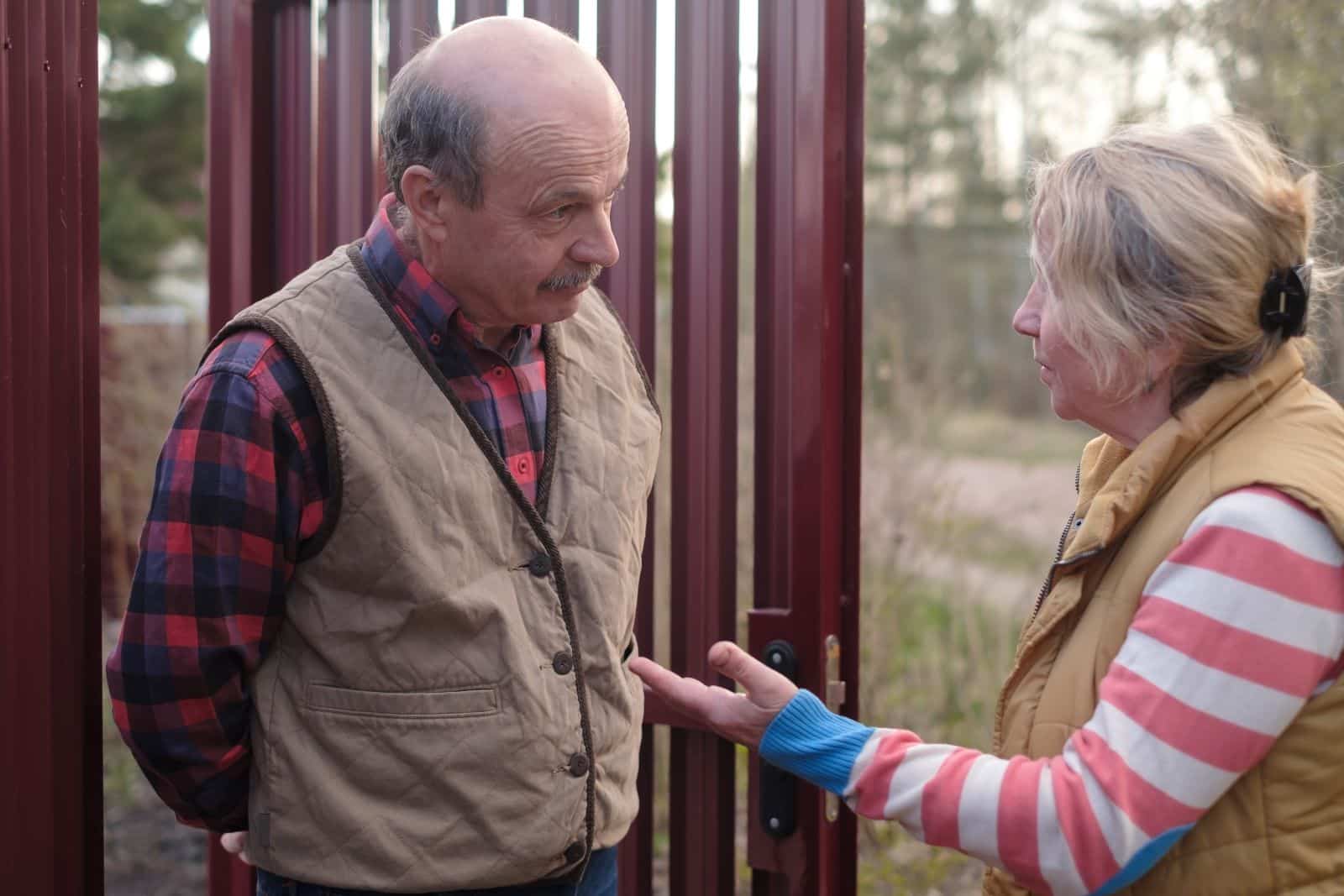
Image Credit: Shutterstock / RealPeopleStudio
Before purchasing something you’ll rarely use, see if you can borrow it from a friend or a local library of things. This prevents unnecessary purchases and waste.
#21. Choose Eco-Friendly Packaging

Image Credit: Shutterstock / Lithiumphoto
When shopping, opt for products with minimal or eco-friendly packaging. This reduces waste and often signals support for sustainable practices.
#22. Bring Your Own Container
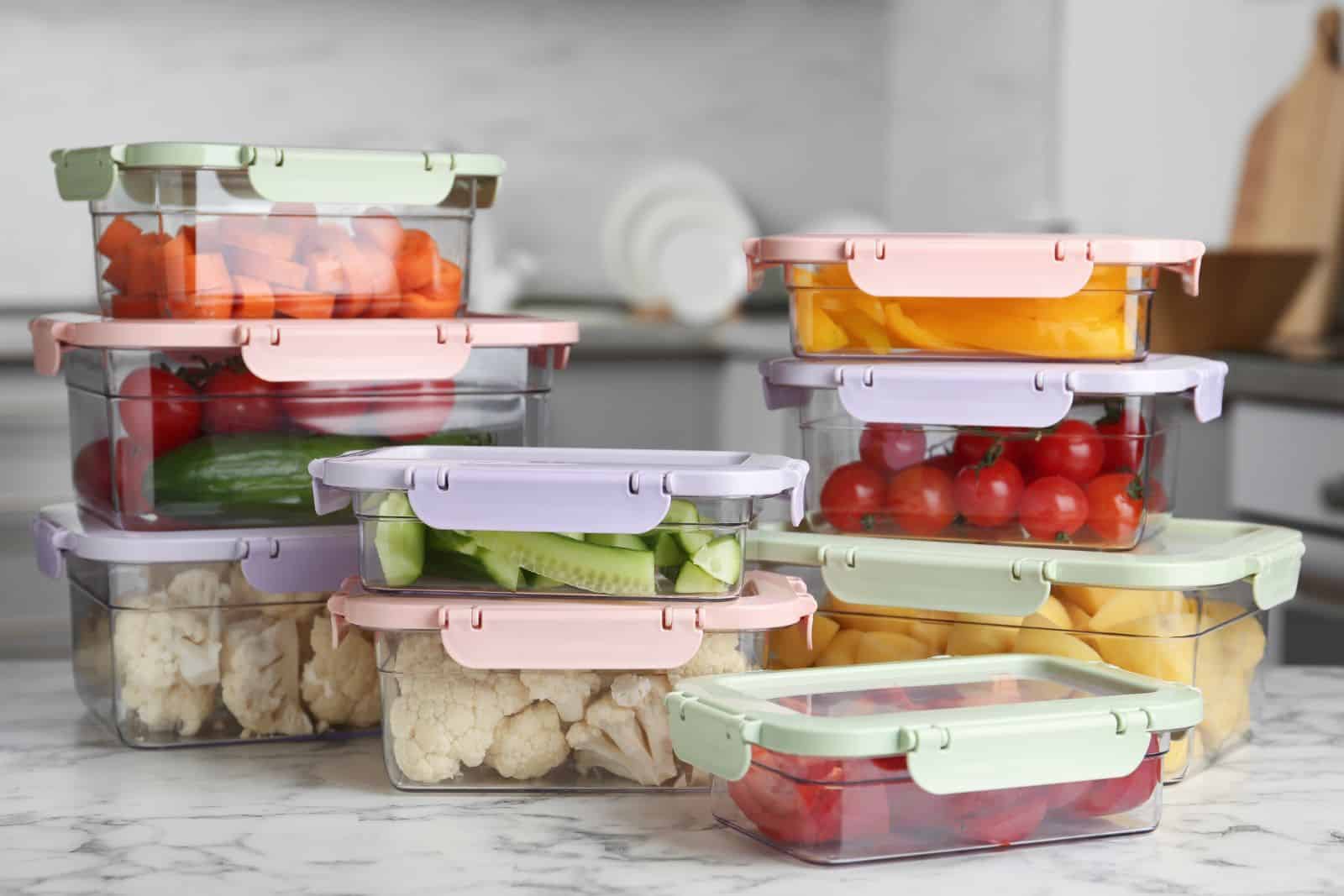
Image Credit: Shutterstock / New Africa
For takeout or leftovers, bring your own containers. Many restaurants are willing to accommodate this request, reducing single-use packaging.
#23. Preserve and Can Your Own Food
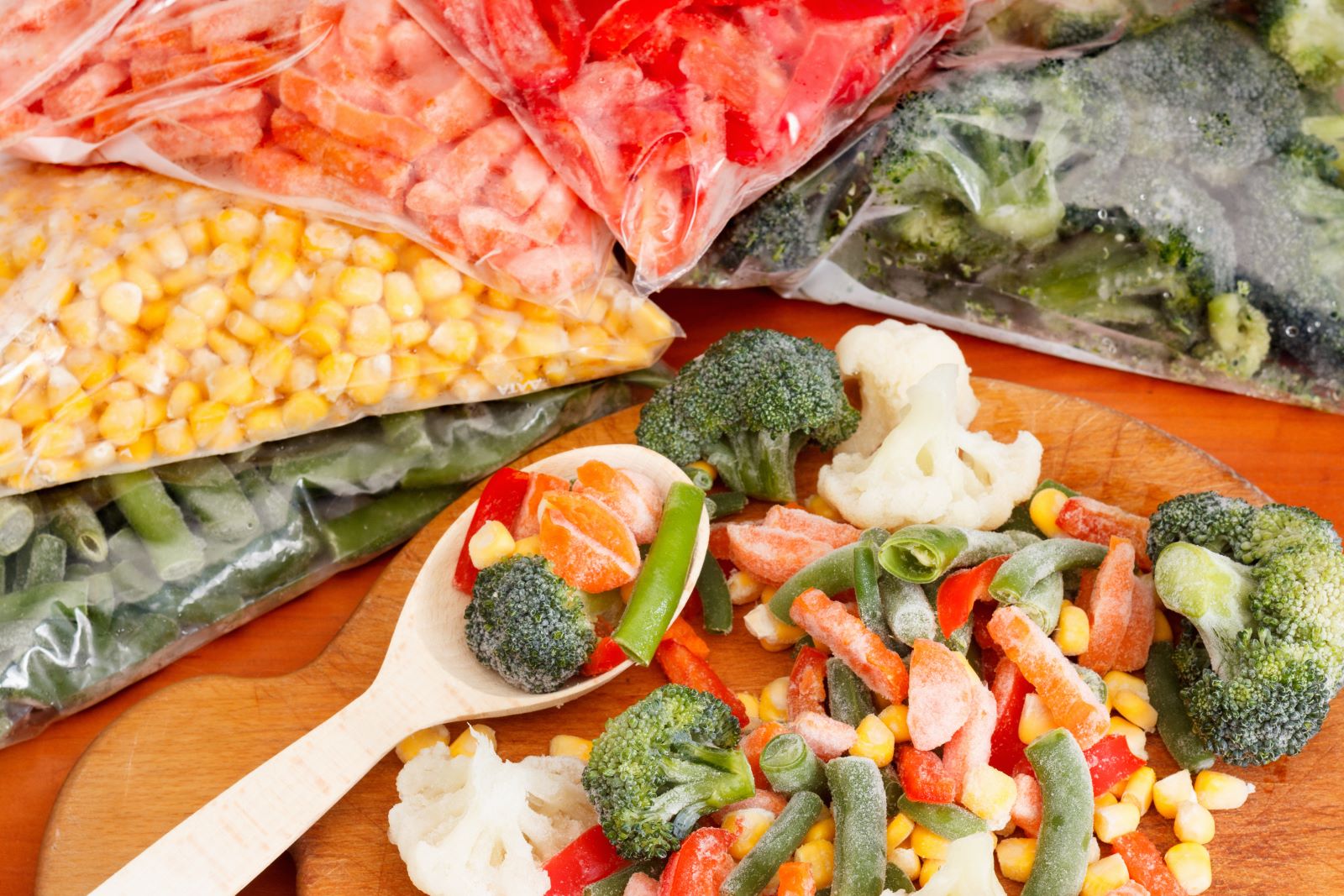
Image Credit: Shutterstock / BravissimoS
Preserving seasonal produce by canning or freezing ensures you have zero-waste food options year-round and saves money.
#24. Educate and Influence Others
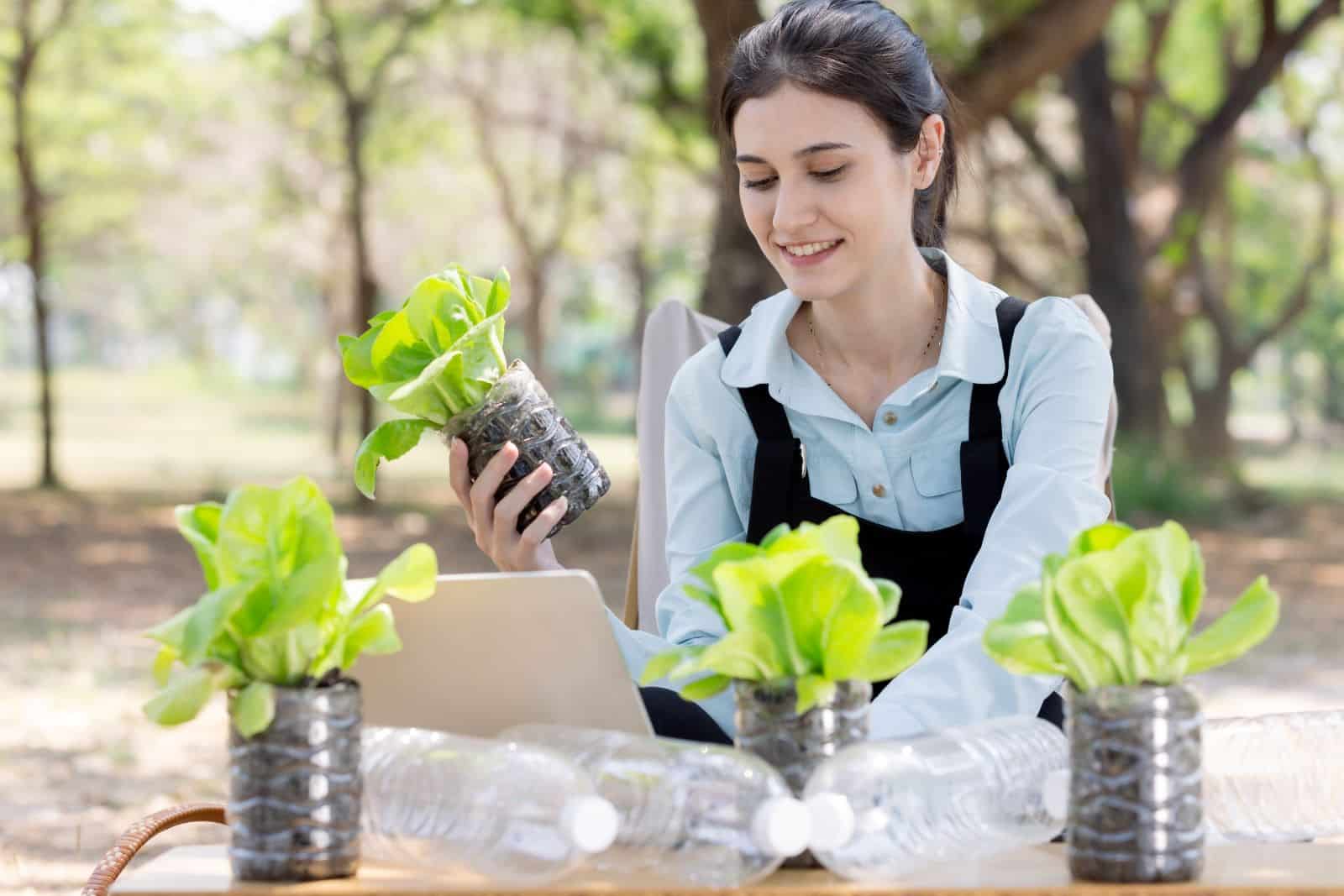
Image Credit: Shutterstock / KAMONRAT
Share your zero-waste journey with friends and family. Spreading awareness can amplify the impact and encourage others to make sustainable choices.
#25. Support Local and Sustainable Businesses

Image Credit: Shutterstock / Rawpixel.com
By choosing to buy from local and sustainable businesses, you reduce transportation waste and support the local economy, often at a comparable cost.
Embracing Zero Waste

Image Credit: Shutterstock / Nicoleta Ionescu
Living a zero-waste lifestyle is about making thoughtful choices that benefit both the planet and your wallet. With these 25 strategies, you’re equipped to reduce waste without compromising on quality or financial well-being. Ready to start your zero-waste journey today?
The post Go Green for Less: 25 Affordable Ways to a Zero-Waste Life first appeared on EcoHugo.
Featured Image Credit: Shutterstock / Chay_Tee.
The content of this article is for informational purposes only and does not constitute or replace professional financial advice.
For transparency, this content was partly developed with AI assistance and carefully curated by an experienced editor to be informative and ensure accuracy.


